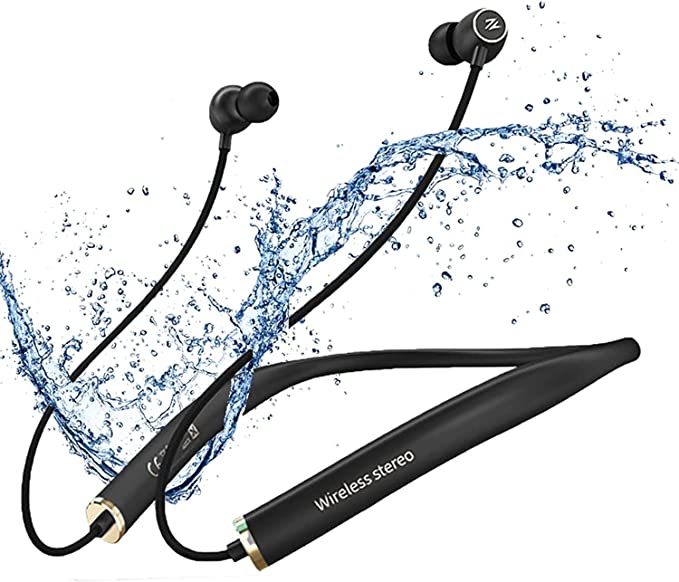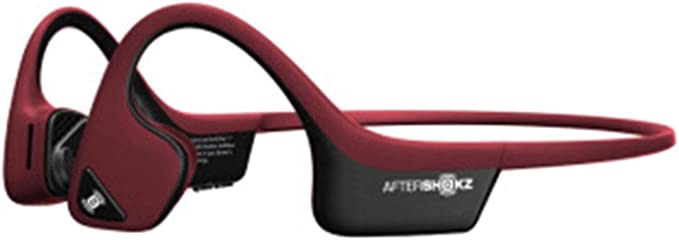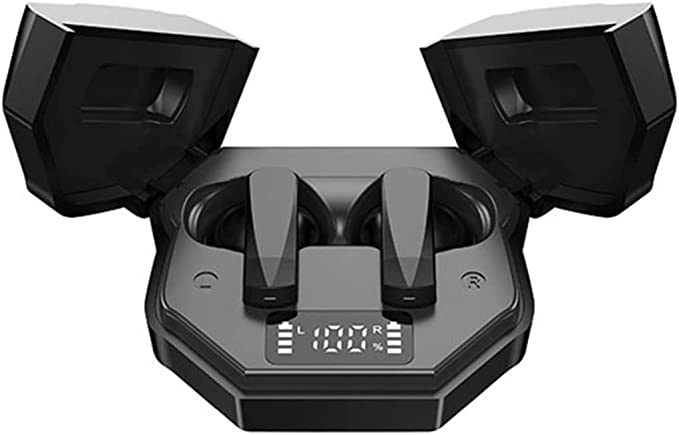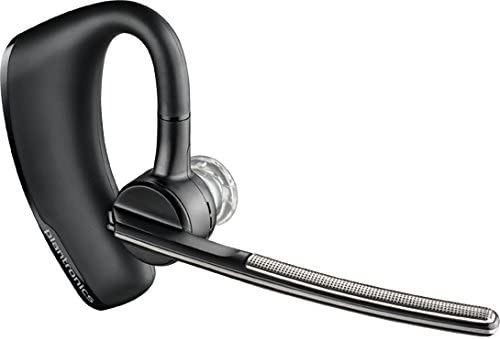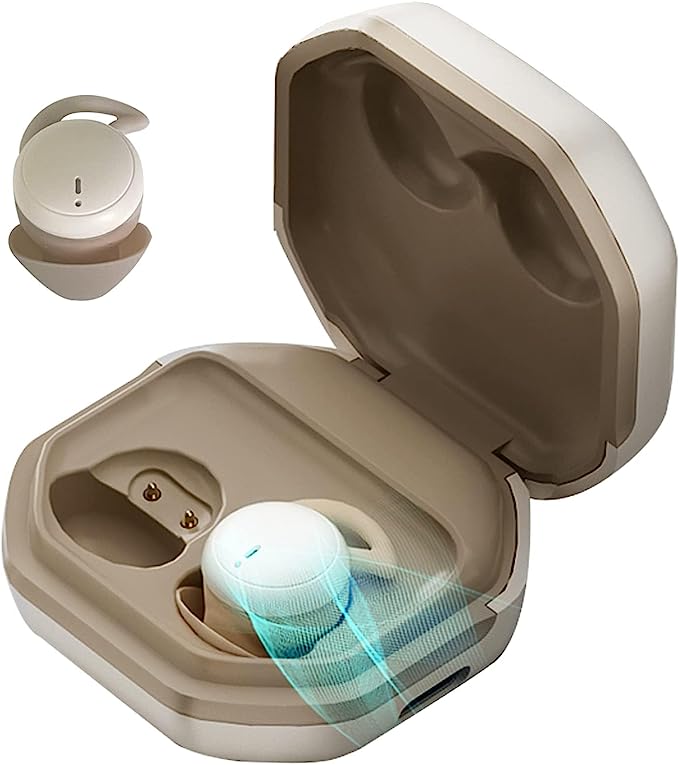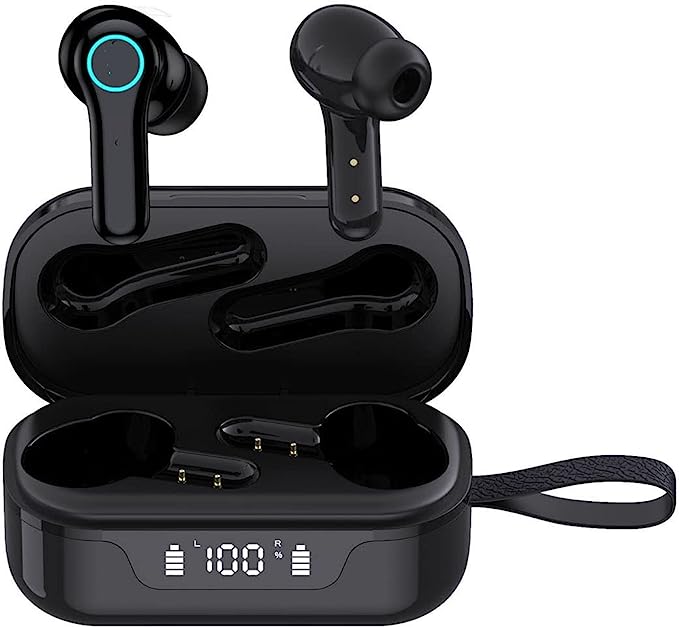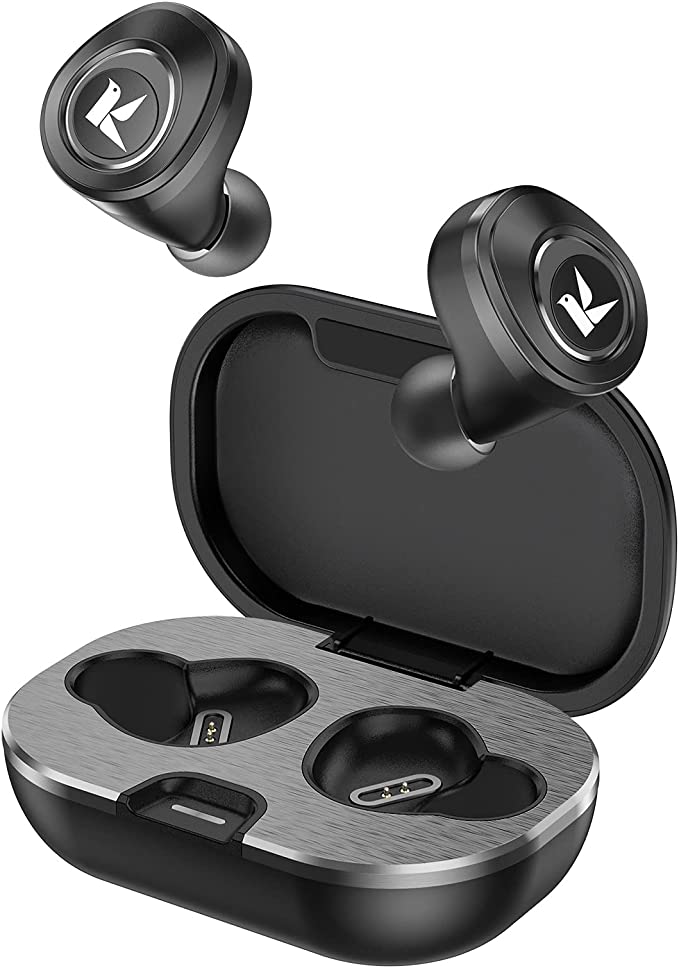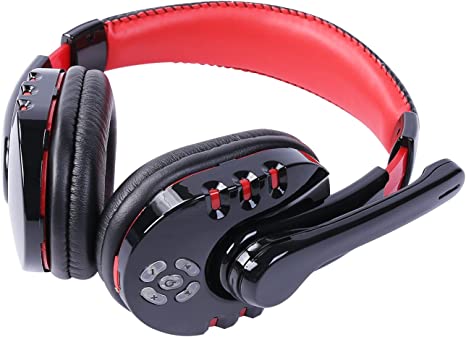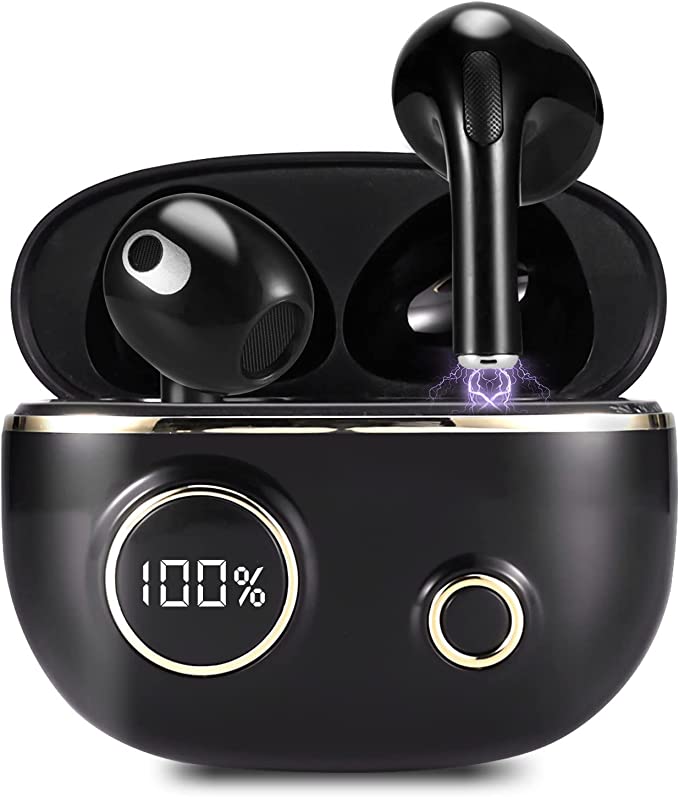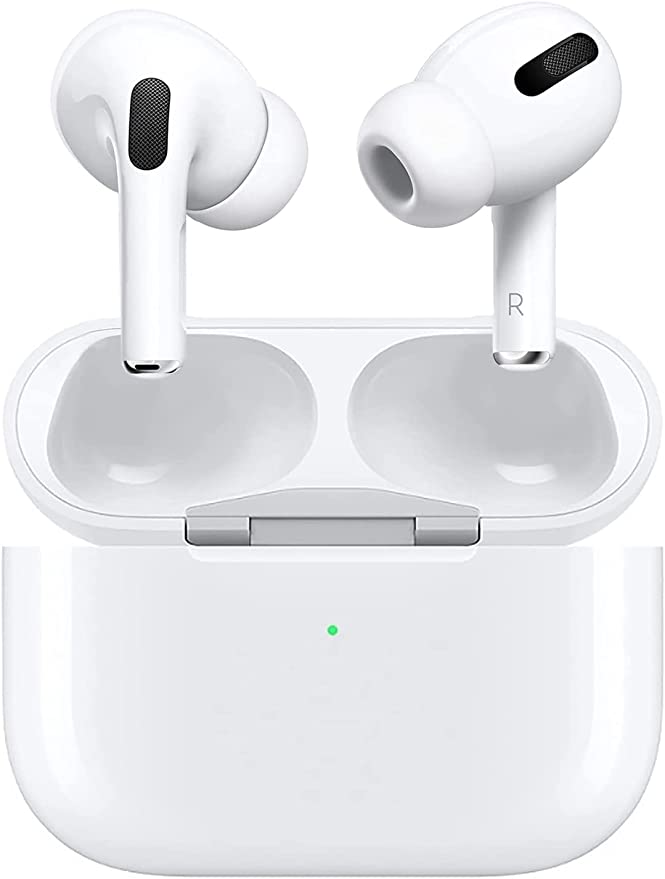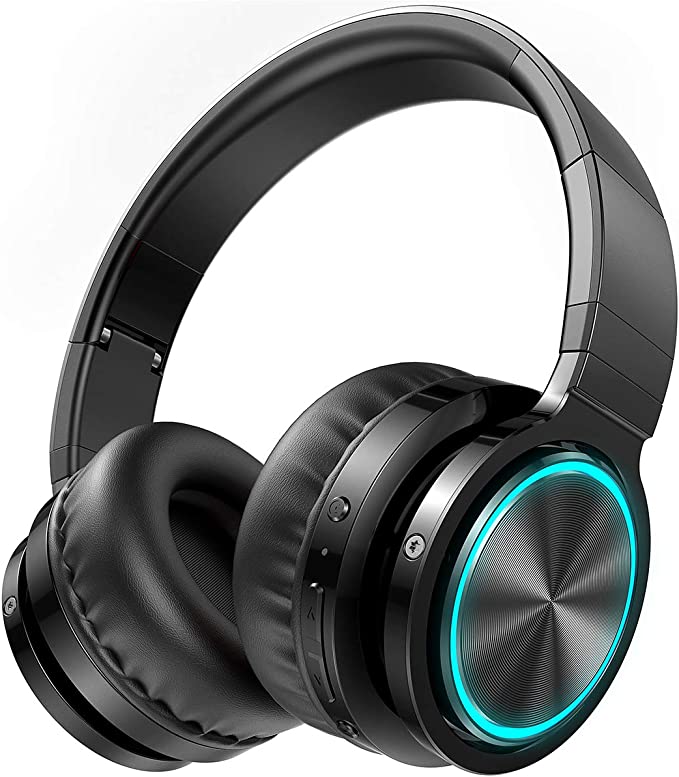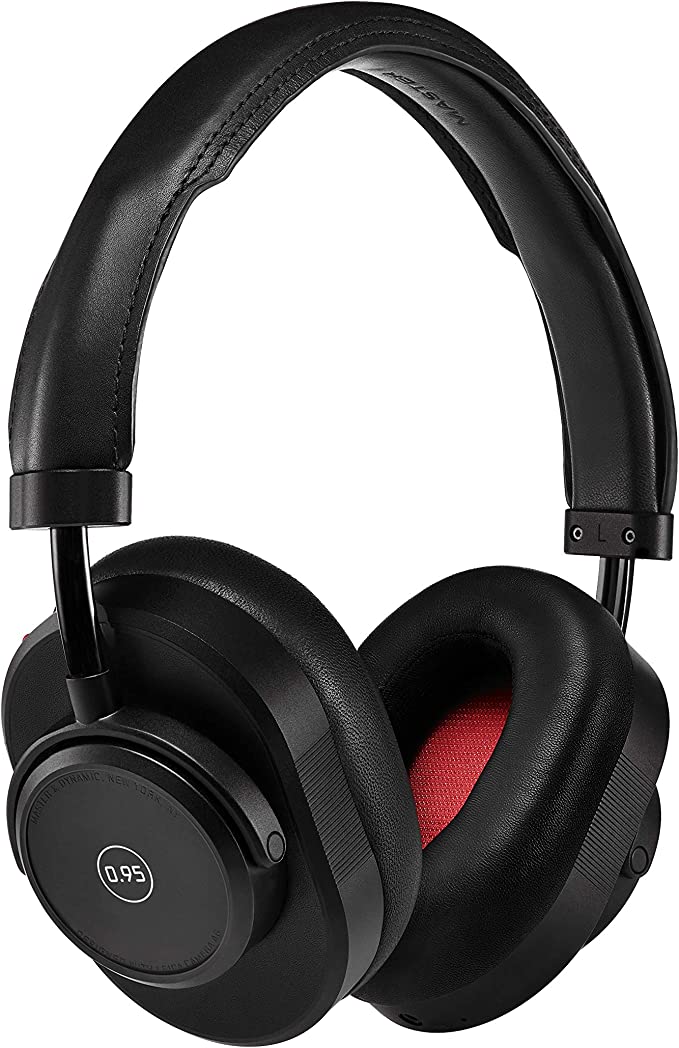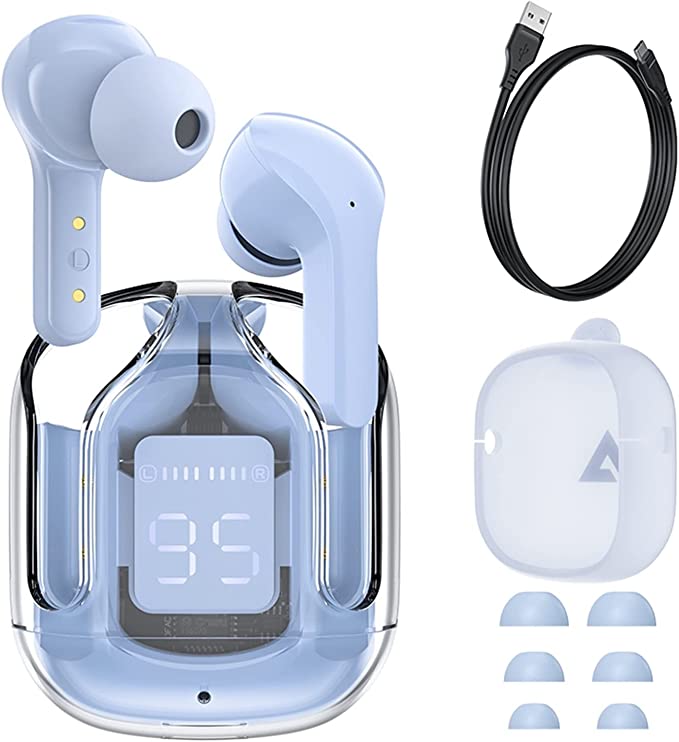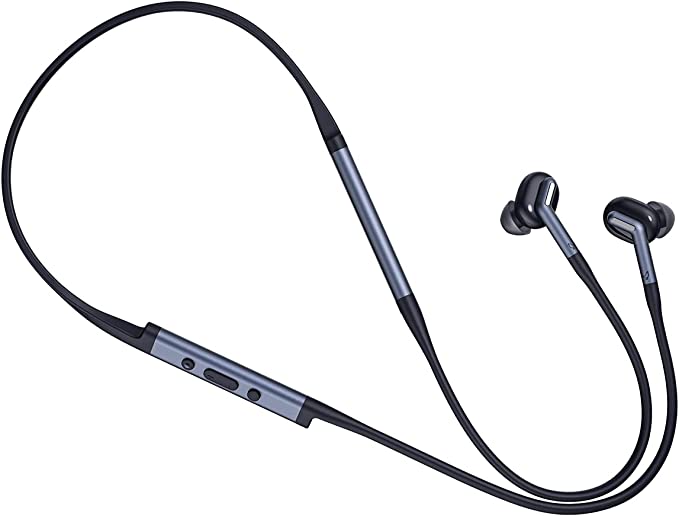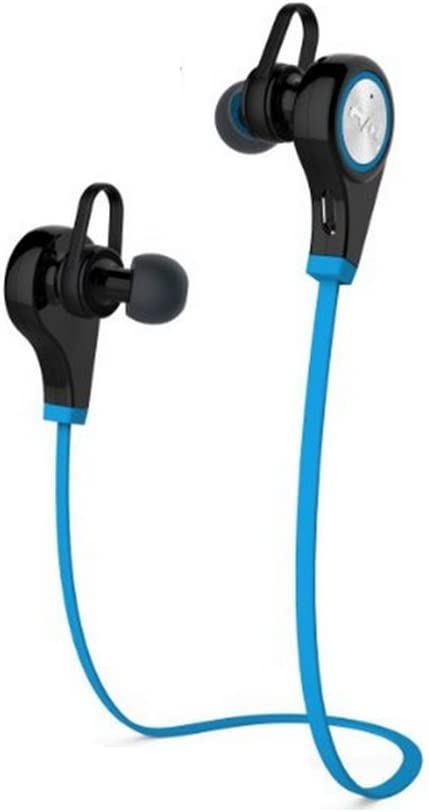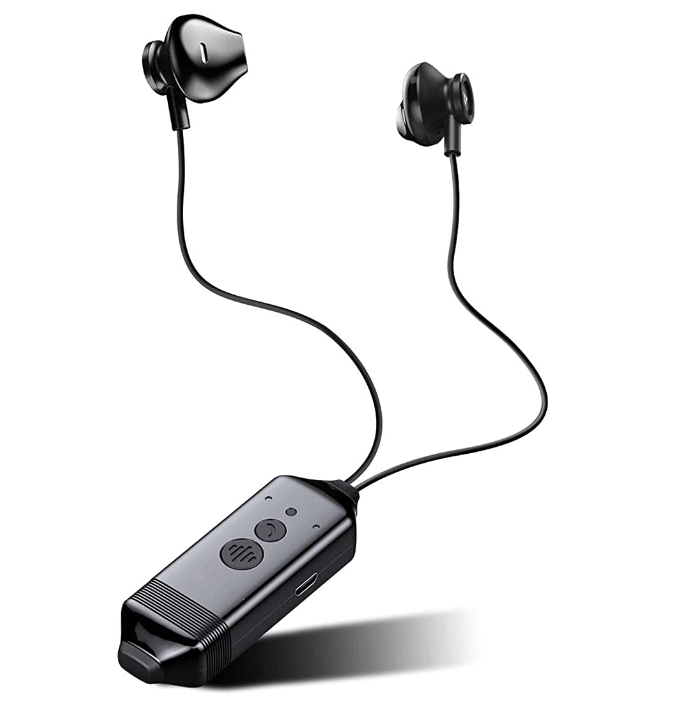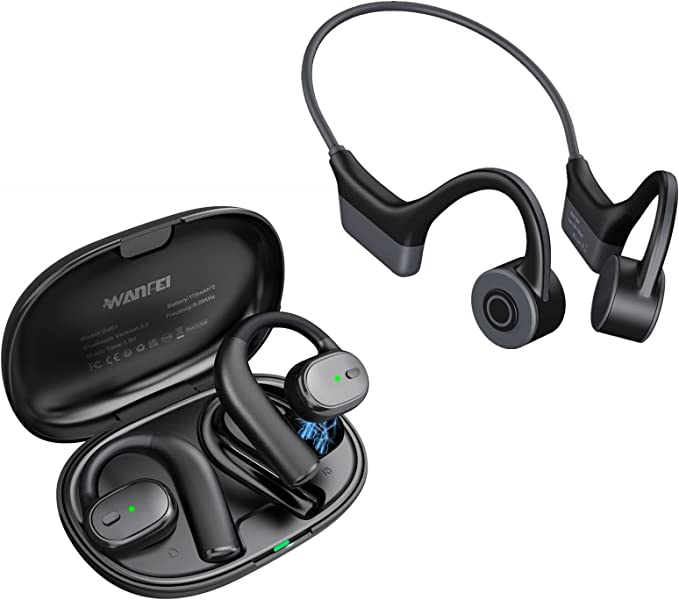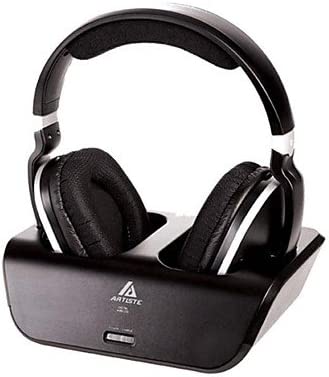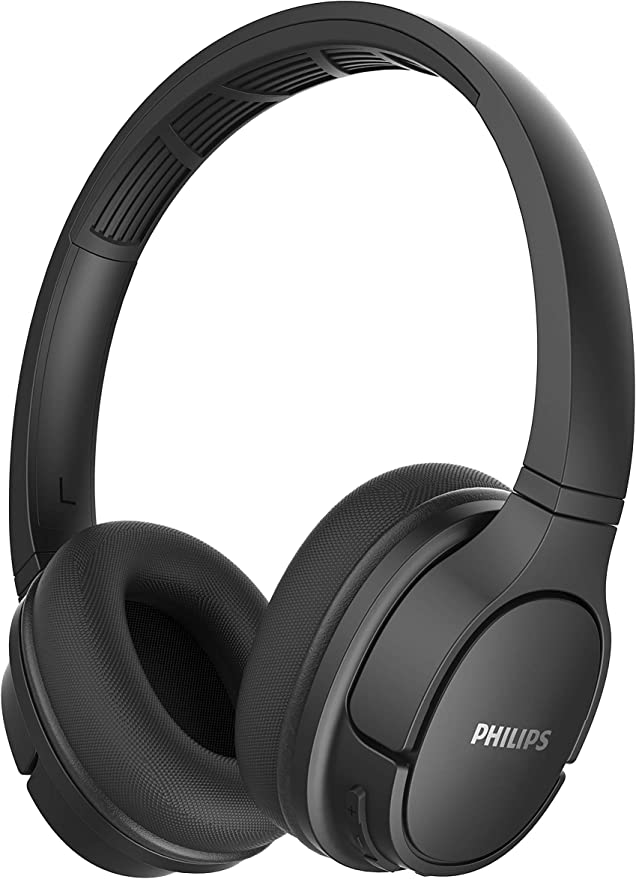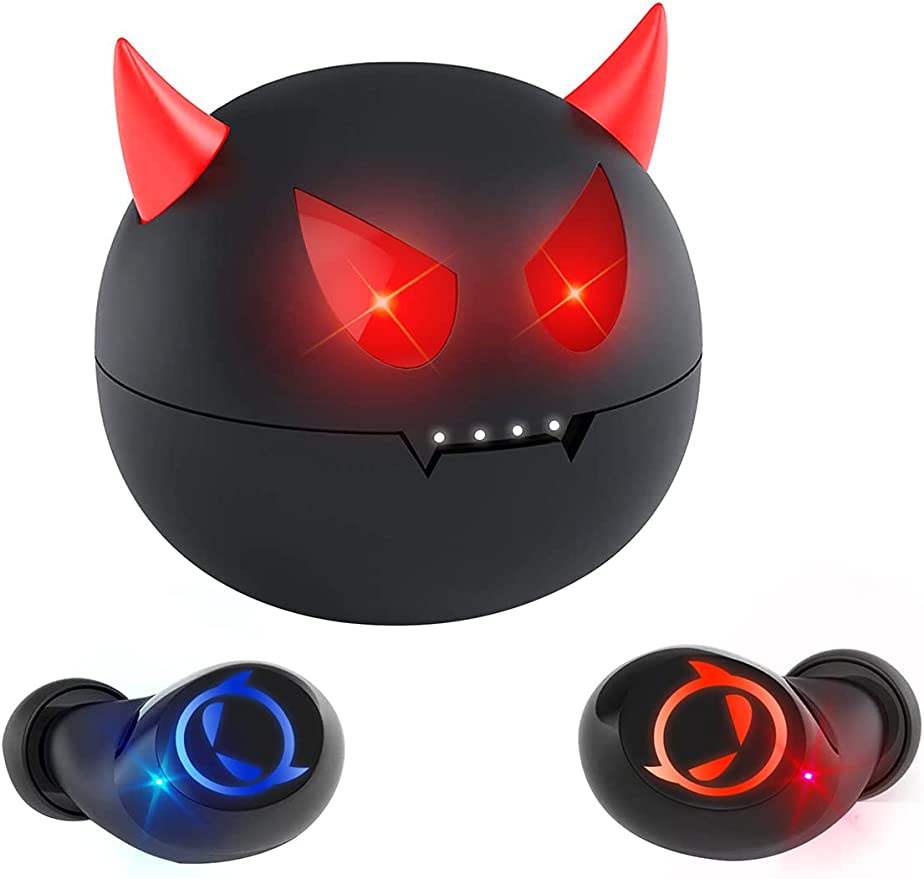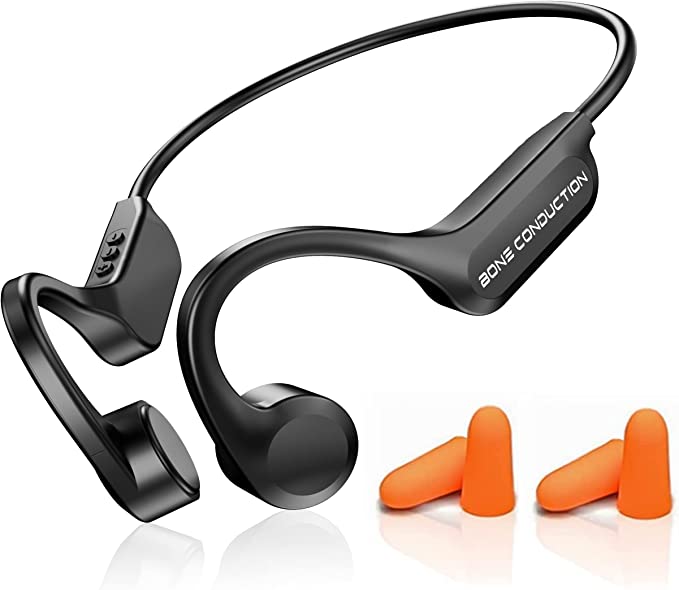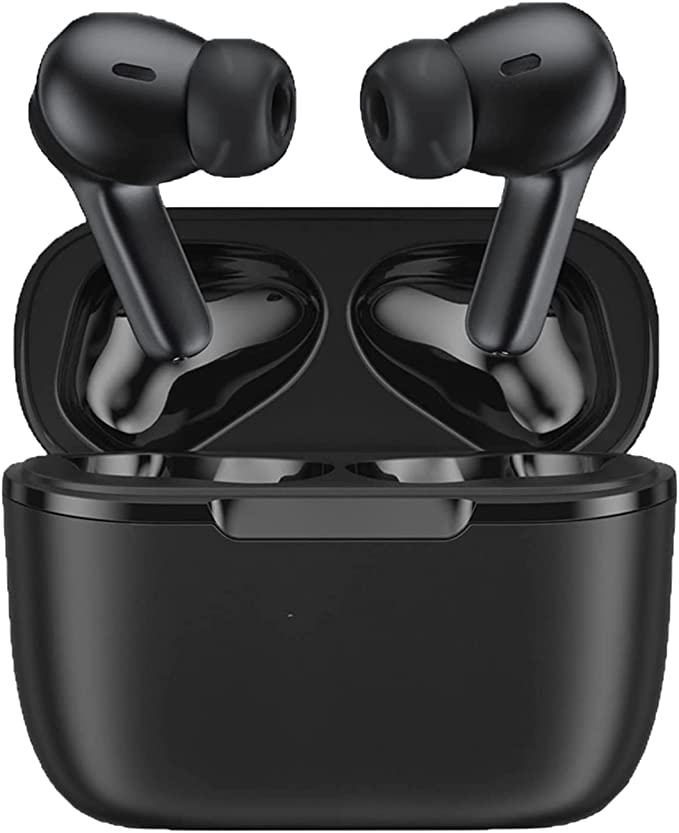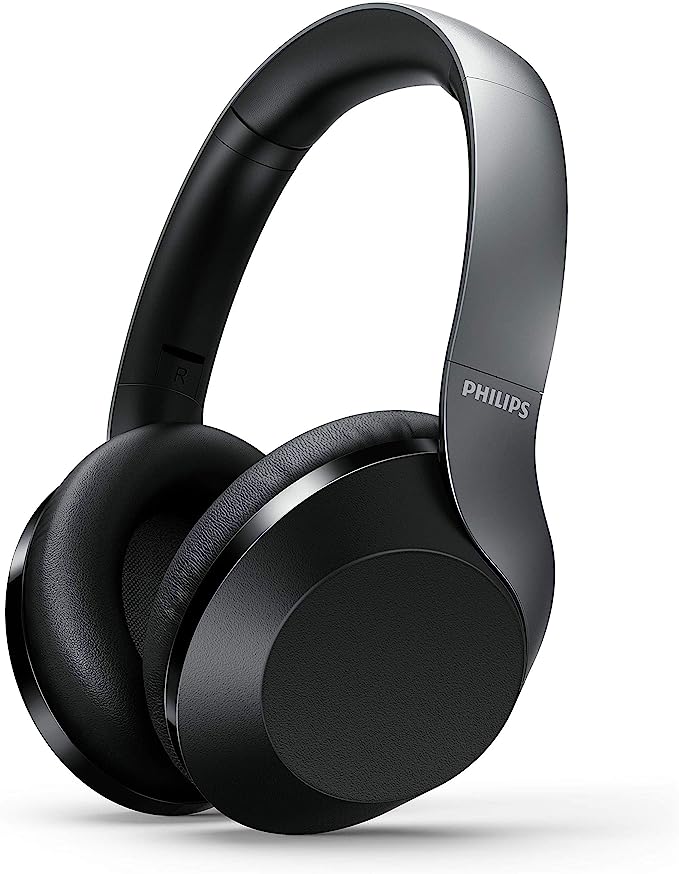Logitech Zone 900 Headset: Your Focus Zone in a Noisy World
Update on March 21, 2025, 6:52 a.m.
The modern world is a noisy place. From the constant hum of traffic to the chatter of open-plan offices and the distractions of home environments, unwanted sound permeates our lives. This constant barrage of noise isn’t just annoying; it significantly impacts our ability to focus, concentrate, and be productive. It can even affect our health, contributing to stress and sleep disturbances. The need for moments of quiet and focus has never been greater. This is where noise-canceling technology, and specifically, the Logitech Zone 900 headset, enters the picture. But this isn’t about simply blocking out all sound; it’s about understanding the science of sound and silence, and how clever engineering can create a personal oasis of calm.

A Brief History of Quieter Times
The quest for silence is not new, but the technology to actively combat noise is relatively recent. The concept of noise cancellation dates back to the 1930s, when Paul Lueg, a German physician, patented the idea of using destructive interference to cancel out sound waves. However, it wasn’t until the 1950s and the rise of jet travel that practical applications began to emerge. Dr. Lawrence J. Fogel, an American scientist, developed systems to reduce noise in helicopter cockpits. The first commercially available active noise-canceling headsets were developed by Bose Corporation in the late 1980s, initially for aviation use. Since then, the technology has advanced rapidly, becoming smaller, more effective, and more affordable, making its way into consumer headphones and headsets like the Logitech Zone 900.
The Science of Sound: Waves, Frequency, and Amplitude
Before diving into noise cancellation, it’s essential to understand the basics of sound. Sound travels in waves, created by vibrations that cause changes in air pressure. These pressure changes propagate through the air, reaching our ears and being interpreted as sound.
Two key characteristics of sound waves are frequency and amplitude.
- Frequency: This refers to the number of sound wave cycles per second, measured in Hertz (Hz). Frequency determines the pitch of the sound. Low-frequency sounds have fewer cycles per second and are perceived as low-pitched (like a bass drum). High-frequency sounds have more cycles per second and are perceived as high-pitched (like a whistle).
- Amplitude: This refers to the intensity or strength of the sound wave, which corresponds to the amount of pressure change. Amplitude determines the loudness of the sound. Larger amplitude means a louder sound.

Active Noise Cancellation (ANC): Fighting Sound with Sound
Active Noise Cancellation (ANC) is the core technology that allows the Logitech Zone 900 to significantly reduce unwanted noise. It’s based on a seemingly counterintuitive principle: destructive interference.
Imagine two identical waves. If you combine them perfectly in phase (meaning their peaks and troughs align), they reinforce each other, creating a larger wave. This is constructive interference. However, if you combine them perfectly out of phase (meaning the peaks of one wave align with the troughs of the other), they cancel each other out. This is destructive interference.
ANC uses this principle to cancel out noise. Here’s how it works:
- Microphone Input: Tiny microphones on the outside of the Zone 900’s earcups “listen” to the ambient noise around you.
- Signal Processing: This noise signal is fed into a Digital Signal Processor (DSP) chip.
- Anti-Noise Generation: The DSP analyzes the incoming noise and generates an “anti-noise” signal. This anti-noise signal is a mirror image of the original noise wave – it has the same amplitude but is 180 degrees out of phase.
- Speaker Output: The anti-noise signal is then played through the headset’s speakers, along with any audio you’re listening to (music, calls, etc.).
- Destructive Interference: The anti-noise wave combines with the original noise wave in the air inside the earcup. Because they are out of phase, they destructively interfere, significantly reducing the amplitude of the noise.
(Insert a simple diagram here showing sound waves and anti-noise waves canceling each other out, similar to the previous article, but perhaps more detailed.)
Feedforward, Feedback, and Hybrid ANC: Different Approaches to Silence
There are three main types of ANC:
- Feedforward ANC: This is the simplest type. Microphones are placed on the outside of the earcup to capture the ambient noise before it reaches the ear. This method is effective at canceling out predictable, constant noises like the drone of an airplane engine. However, it’s less effective at handling sudden, unpredictable noises.
- Feedback ANC: Microphones are placed inside the earcup, close to the ear. This allows the system to “hear” the noise that has actually reached the ear, including any sound that has leaked past the earcups. Feedback ANC is better at adapting to different noise environments and individual ear shapes, but it can sometimes introduce unwanted artifacts or reduce the overall audio quality.
- Hybrid ANC: This combines both feedforward and feedback ANC, using microphones both inside and outside the earcup. This approach offers the best of both worlds, providing more effective noise cancellation across a wider range of frequencies and noise types. The Logitech Zone 900 likely uses a hybrid ANC system to achieve its optimal performance, though the provided documentation doesn’t explicitly state this.
The Limitations of ANC: Not a Magic Bullet
While ANC is remarkably effective, it’s not a perfect solution. It’s most effective at canceling out low-frequency, constant noises, such as:
- Airplane engine noise
- Traffic rumble
- Office hum
- Fan noise
ANC is less effective at canceling out high-frequency, sudden, or irregular noises, such as:
- Speech
- Clapping
- Keyboard clicks
- Sudden loud noises
This is because high-frequency sounds have shorter wavelengths, making it more difficult for the DSP to generate the anti-noise signal quickly enough. It’s also harder to predict and counteract sudden, irregular noises. While someone speaking nearby won’t be completely eliminated, the overall volume and distraction will be significantly reduced.
Microphone Noise Cancellation: Clear Communication in a Noisy World
The Logitech Zone 900 doesn’t just focus on canceling noise for the listener; it also ensures clear communication for the person on the other end of a call. This is achieved through microphone noise cancellation, a technology distinct from, but often working in conjunction with, ANC.
The primary technique used in microphone noise cancellation is beamforming. The Zone 900 uses a boom microphone which, by its physical design, is already positioned to prioritize the user’s voice. However, the microphone also incorporates multiple microphone elements. These elements work together as an array.
Here’s how beamforming works:
- Sound Capture: The multiple microphones in the array capture the sound from different directions.
- Signal Processing: The DSP analyzes the signals from each microphone, identifying the direction from which the user’s voice is coming (based on slight differences in the timing and intensity of the sound reaching each microphone).
- Signal Enhancement: The DSP then amplifies the signal coming from the direction of the user’s voice while suppressing signals coming from other directions (background noise). This creates a “beam” of focus towards the user’s voice.
The result is that the person on the other end of the call hears the user’s voice clearly, with minimal background noise, even in noisy environments.

The Logitech Zone 900: A Deep Dive
Now, let’s examine how the Logitech Zone 900 implements these technologies:
- ANC Implementation (Continued): The combination of effective passive isolation (from the over-ear design and ear cup materials) and a sophisticated ANC system allows the Zone 900 to significantly reduce a broad spectrum of ambient noise, creating a quieter listening environment for the user. The effectiveness of the ANC will vary depending on the type of noise, with low-frequency, constant sounds being reduced more effectively than high-frequency, intermittent sounds.
- Microphone Noise Cancellation: The Zone 900’s boom microphone, with its built-in noise-canceling technology and beamforming capabilities, ensures clear voice transmission even in noisy environments. This is crucial for professionals who rely on clear communication for calls and video conferences. The flip-to-mute function, a simple yet effective design choice, provides instant privacy when needed.
-
Wireless Connectivity: Freedom and Flexibility: The Zone 900 offers both Bluetooth and Logitech’s Unifying receiver for wireless connectivity.
- Bluetooth: Bluetooth is a widely used wireless communication standard that allows devices to connect over short distances. The Zone 900 likely supports a relatively recent version of Bluetooth (though the specific version isn’t stated in the provided materials), providing a stable connection and good audio quality. It’s important to note that Bluetooth audio quality can be affected by the codec used. A codec is a software algorithm that encodes and decodes digital audio data. Common Bluetooth codecs include SBC (Subband Coding), AAC (Advanced Audio Coding), and aptX. SBC is the standard, mandatory codec, while AAC and aptX generally offer better audio quality. Without specific information on which codecs the Zone 900 supports, it’s difficult to definitively assess its Bluetooth audio performance. However, given Logitech’s focus on quality, it’s reasonable to assume support for at least AAC, which is widely compatible with Apple devices.
- Unifying Receiver: Logitech’s Unifying receiver is a small USB-A receiver that uses a proprietary 2.4 GHz radio frequency (RF) connection to communicate with compatible Logitech devices. The advantage of the Unifying receiver is that it allows you to connect up to six compatible Logitech devices (mice, keyboards, headsets) to a single receiver, freeing up USB ports on your computer. This is particularly useful for users who have a cluttered desk or limited USB ports. The 2.4 GHz RF connection typically offers a stable and low-latency connection, which is important for audio applications. However, it’s susceptible to interference from other 2.4 GHz devices, such as Wi-Fi routers and microwave ovens. Logitech likely employs frequency-hopping technology to mitigate this interference.
-
Sound Quality: Beyond Noise Cancellation: While noise cancellation is a primary focus, the Zone 900 also aims to deliver clear and balanced audio for calls and music. The provided specifications mention a frequency response range of 30 Hz to 13 kHz. This range covers most of the audible spectrum, although audiophiles might prefer a wider range, particularly in the lower frequencies (below 30 Hz) for deeper bass response. However, for its intended use as a communication and general-purpose headset, the Zone 900’s frequency response should be sufficient for most users. The actual sound quality will depend on factors such as the drivers used, the acoustic design of the earcups, and the Bluetooth codec support (as mentioned earlier).
-
Comfort and Design: All-Day Wearability: The Zone 900 is designed for extended use, with an emphasis on comfort. The over-ear design, generously sized memory foam earcups, and cushioned headband contribute to a comfortable fit. The use of leatherette material for the earcups and headband provides a soft and plush feel. The lightweight design (6.4 ounces) further enhances comfort, reducing fatigue during long calls or listening sessions. The speckled, braided cable adds a touch of style and durability.
-
Battery Life: Powering Through Your Day: The Zone 900 offers a respectable battery life of up to 14 hours with ANC on and 15 hours with ANC off for talk time. For listening, it’s 14 hours with ANC on, and 16 with ANC off. This should be sufficient for most workdays. The option of wired charging (via USB-A to C cable) and wireless charging (via Qi charger, sold separately) provides flexibility. The quick-charge feature (5 minutes of charging for 1 hour of playback) is a convenient addition for users who are short on time.
Beyond the Basics: Psychoacoustics and the Future
-
Psychoacoustics and ANC: The effectiveness of ANC isn’t solely determined by the physical cancellation of sound waves. Psychoacoustics, the study of how humans perceive sound, plays a significant role. Our brains are remarkably good at filtering out certain types of noise, particularly constant, predictable sounds. ANC systems are designed to take advantage of this, focusing on canceling out the most disruptive frequencies while leaving some residual noise, which can actually make the silence feel more natural. If ANC were to eliminate all sound, it could create an unsettling feeling of pressure or disorientation for some users.
-
The Future of Noise-Canceling Technology: Noise-canceling technology is constantly evolving. Future advancements are likely to include:
- More Sophisticated Algorithms: AI and machine learning are being used to develop more intelligent ANC systems that can adapt to dynamic and unpredictable noise environments in real-time.
- Personalized Noise Cancellation: Future headphones may be able to tailor the noise cancellation to the individual user’s ear shape and hearing profile.
- Improved Sound Quality: Advancements in driver technology and audio processing will continue to improve the overall sound quality of noise-canceling headphones.
- Integration with Other Technologies: Noise-canceling headphones may become more integrated with other devices and technologies, such as virtual assistants and augmented reality systems.
- Better handling of High-Frequencies.
- Smaller and Lighter Designs
The Logitech Zone 900 represents a significant step forward in creating a more focused and productive work environment. By understanding the science behind the technology, users can appreciate the sophisticated engineering that goes into creating these oases of calm in our increasingly noisy world. It’s not just about blocking out sound; it’s about carefully shaping the soundscape to enhance focus, communication, and overall well-being.

